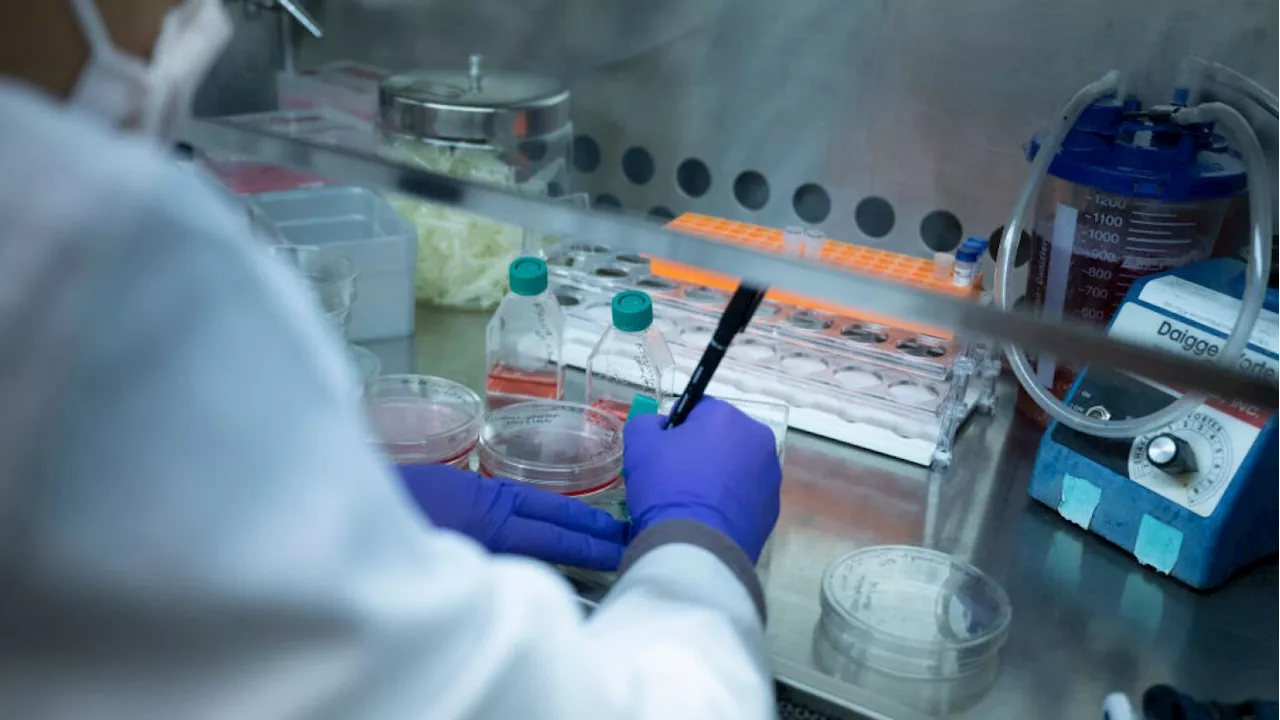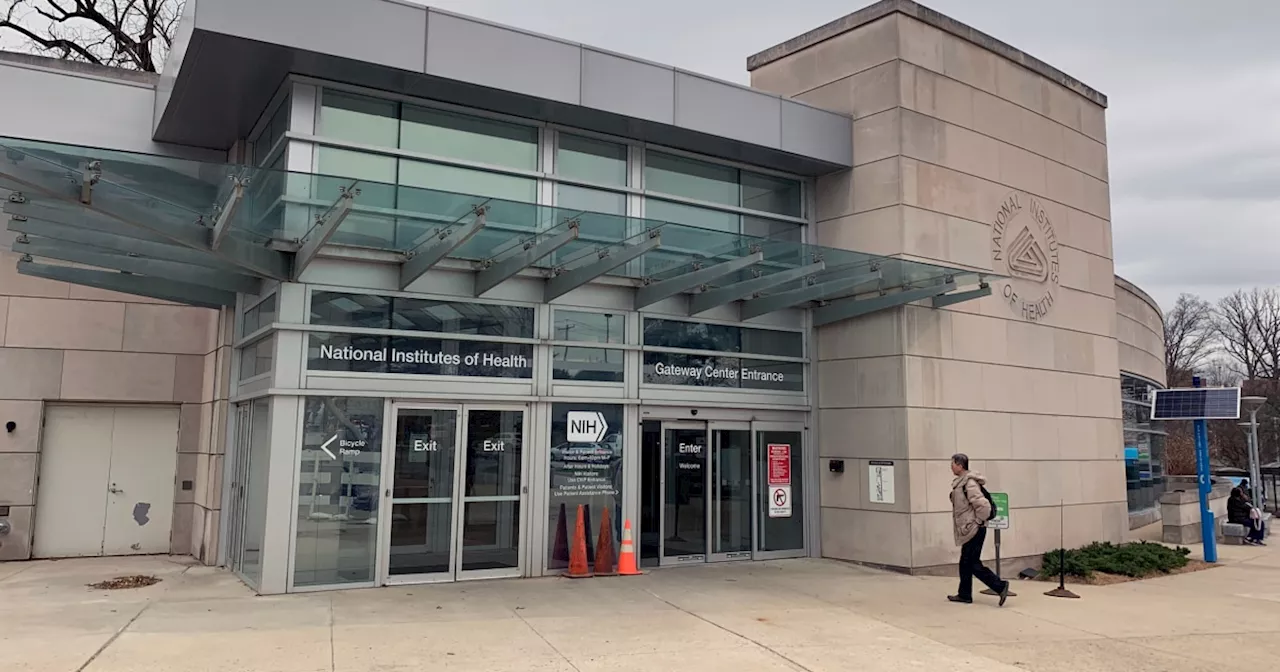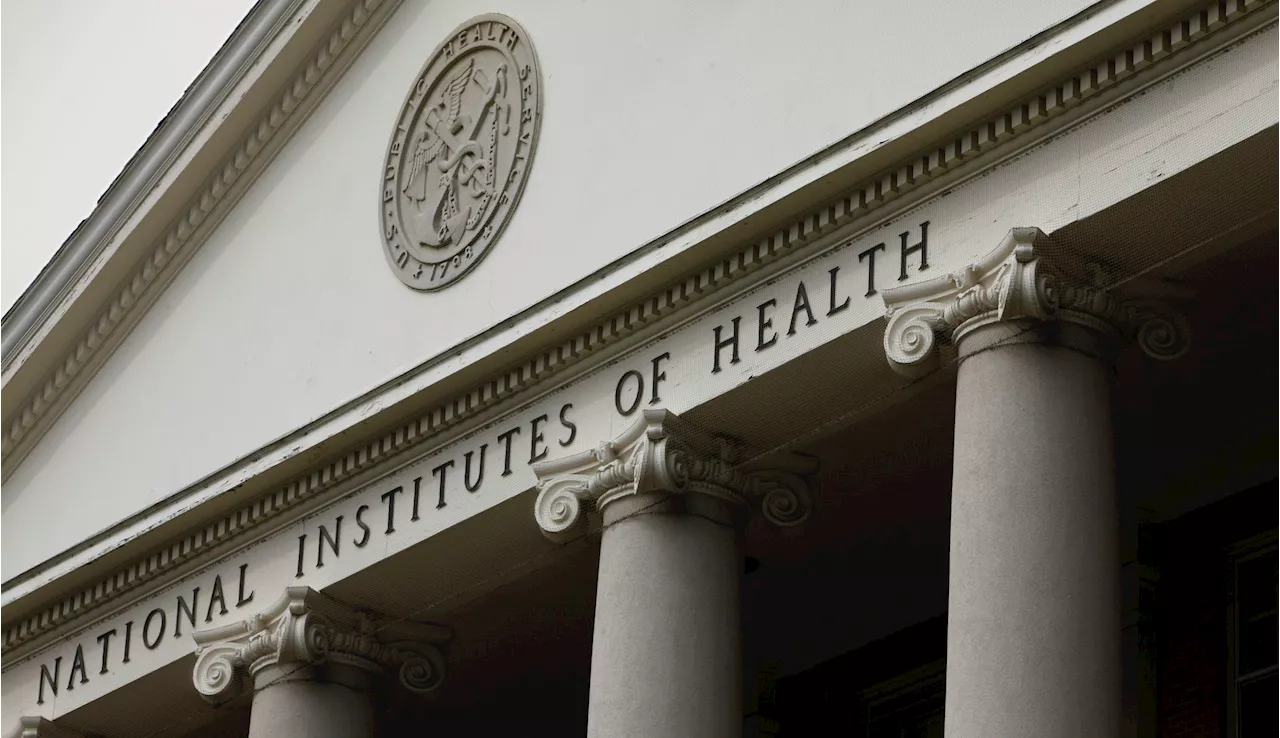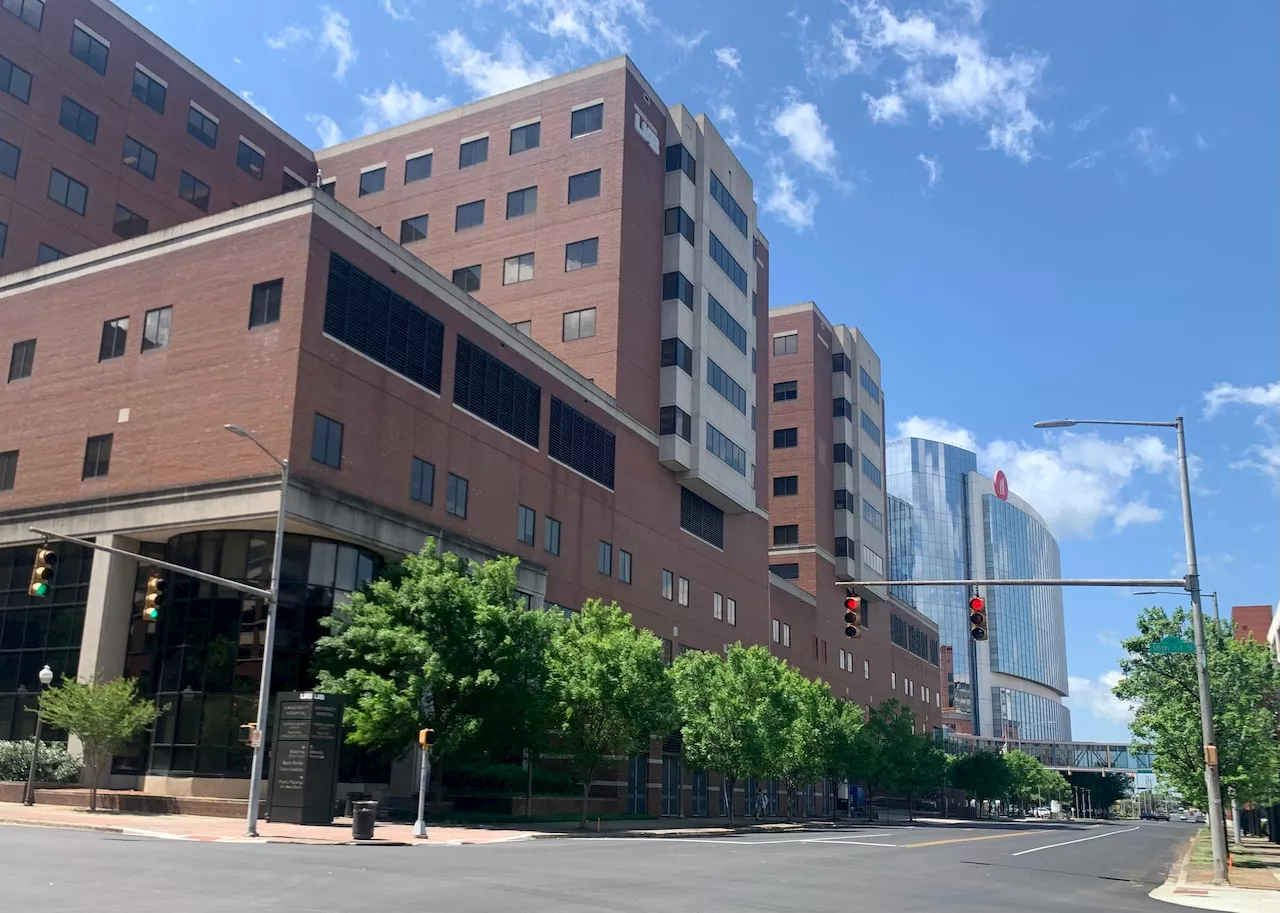The National Institutes of Health (NIH) announced a significant change to how it funds university research, lowering the maximum indirect cost rate that institutions can charge the government from over 25% to 15%. This move, aimed at saving billions of dollars annually, has sparked debate among researchers and policymakers. Some argue that the cuts will harm biomedical research by limiting funding for essential infrastructure and support, while others believe it will streamline operations and promote more strategic research initiatives.
FILE - A research scientist looks at ovarian cancer cells under a microscope at UW Medicine's Cancer Vaccine Institute Thursday, May 25, 2023, in Seattle. in how it pays university researchers for the "indirect costs" they incur, and the agency said the change will save taxpayers billions of dollars a year.
“What they found is undoubtedly there, and getting rid of it is excellent,” Early said. “And what we now need is to get the new leader in there.”The NIH announcement touting billions in annual savings was related to indirect cost rates for government-funded medical research.Government research grants, which usually go to universities, include money for indirect costs to support facilities and administration.
Jeffrey Flier, the former dean of Harvard Medical School, said in his own social media post that cutting these indirect costs on research grants “will cause chaos and harm biomedical research.”, professor emeritus of health policy and management at George Washington University, told The National News Desk on Monday that the 15% cap on indirect costs will throttle vital medical research.
“This is cutting your nose off to spite your face,” he said. “It's going to undermine the ability of the universities to do the research that they have been contracted to do.” The Bill and Melinda Gates Foundation, for example, offers a maximum indirect rate of 15%, or 10% for institutions of higher education.
Health NIH Research Grants Indirect Costs Biomedical Research Government Funding
United States Latest News, United States Headlines
Similar News:You can also read news stories similar to this one that we have collected from other news sources.
 NIH to Cut Funding for Indirect Costs at UniversitiesThe National Institutes of Health (NIH) is significantly reducing funding for indirect costs, a crucial category covering expenses like building maintenance, equipment, and staff support, at universities and research institutions. The new policy, which caps indirect cost reimbursement at 15% of grants, is a major departure from current practices and will affect both existing and future grants. This move, justified by the NIH's aim to align funding with private foundation practices, has sparked criticism from research institutions and advocacy groups who argue that it undermines the ability to conduct high-quality research.
NIH to Cut Funding for Indirect Costs at UniversitiesThe National Institutes of Health (NIH) is significantly reducing funding for indirect costs, a crucial category covering expenses like building maintenance, equipment, and staff support, at universities and research institutions. The new policy, which caps indirect cost reimbursement at 15% of grants, is a major departure from current practices and will affect both existing and future grants. This move, justified by the NIH's aim to align funding with private foundation practices, has sparked criticism from research institutions and advocacy groups who argue that it undermines the ability to conduct high-quality research.
Read more »
 NIH Caps Indirect Costs for Research Grants, Sparking ControversyThe National Institutes of Health (NIH) is implementing a controversial new policy capping indirect costs for research grants at 15 percent, a significant reduction from current rates received by many institutions. The agency argues that this change aligns its funding model with private foundations but faces strong criticism from researchers who say it will harm the quality and competitiveness of American research.
NIH Caps Indirect Costs for Research Grants, Sparking ControversyThe National Institutes of Health (NIH) is implementing a controversial new policy capping indirect costs for research grants at 15 percent, a significant reduction from current rates received by many institutions. The agency argues that this change aligns its funding model with private foundations but faces strong criticism from researchers who say it will harm the quality and competitiveness of American research.
Read more »
 NIH Announces Cuts to Indirect Funding for Research GrantsThe National Institutes of Health (NIH) has implemented a new policy that limits indirect funding for research grants to 15%, aiming to allocate more funds directly to scientific research. The move has sparked controversy among scientists who argue that reducing indirect costs could negatively impact research infrastructure and operations.
NIH Announces Cuts to Indirect Funding for Research GrantsThe National Institutes of Health (NIH) has implemented a new policy that limits indirect funding for research grants to 15%, aiming to allocate more funds directly to scientific research. The move has sparked controversy among scientists who argue that reducing indirect costs could negatively impact research infrastructure and operations.
Read more »
 NIH's Indirect Cost Cap Sparks Research BacklashThe NIH's new policy capping indirect cost reimbursement rates for research institutions at 15 percent has drawn fierce criticism from researchers and Democrats, who argue it will cripple research infrastructure and innovation. The policy aims to align NIH funding with private foundations, but critics say it will disproportionately harm public research institutions and stifle scientific progress.
NIH's Indirect Cost Cap Sparks Research BacklashThe NIH's new policy capping indirect cost reimbursement rates for research institutions at 15 percent has drawn fierce criticism from researchers and Democrats, who argue it will cripple research infrastructure and innovation. The policy aims to align NIH funding with private foundations, but critics say it will disproportionately harm public research institutions and stifle scientific progress.
Read more »
 NIH Funding Cuts Could Impact Alabama Healthcare, Jobs, and Medical BreakthroughsPlanned funding cuts by the National Institutes of Health (NIH) could significantly impact Alabama's healthcare system, job market, and future medical advancements. The NIH announced immediate cuts to indirect research costs, which support essential institutional overhead for research institutions across the state.
NIH Funding Cuts Could Impact Alabama Healthcare, Jobs, and Medical BreakthroughsPlanned funding cuts by the National Institutes of Health (NIH) could significantly impact Alabama's healthcare system, job market, and future medical advancements. The NIH announced immediate cuts to indirect research costs, which support essential institutional overhead for research institutions across the state.
Read more »
 NIH to Cut Billions in Overhead Costs for Research GrantsThe National Institutes of Health (NIH) announced plans to reduce billions of dollars in overhead costs associated with federally funded research grants. This move, part of a broader effort by the Trump administration to curb wasteful spending, will cap indirect cost reimbursements at 15% for research grants, down from the historical rate of 27-28%. The NIH estimates this change will save over $4 billion annually.
NIH to Cut Billions in Overhead Costs for Research GrantsThe National Institutes of Health (NIH) announced plans to reduce billions of dollars in overhead costs associated with federally funded research grants. This move, part of a broader effort by the Trump administration to curb wasteful spending, will cap indirect cost reimbursements at 15% for research grants, down from the historical rate of 27-28%. The NIH estimates this change will save over $4 billion annually.
Read more »
